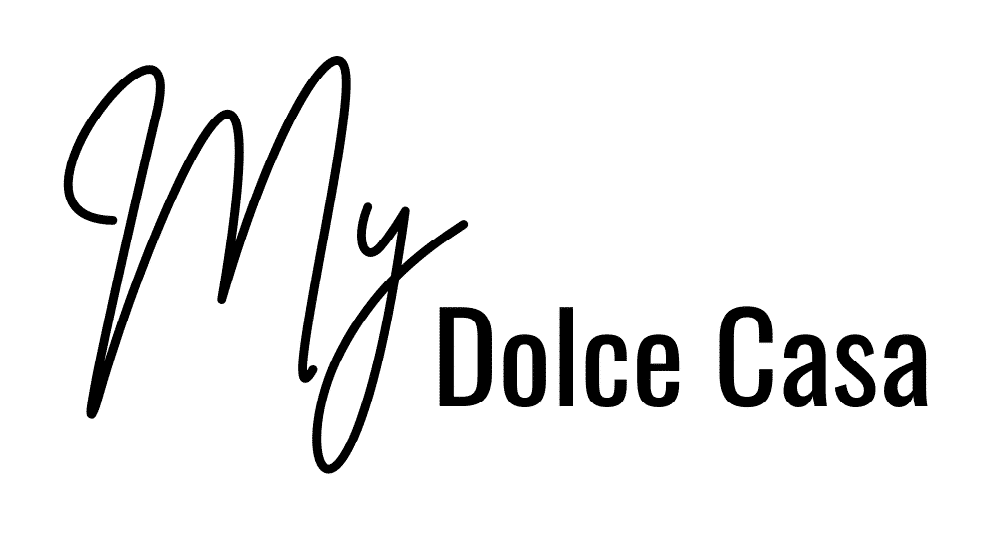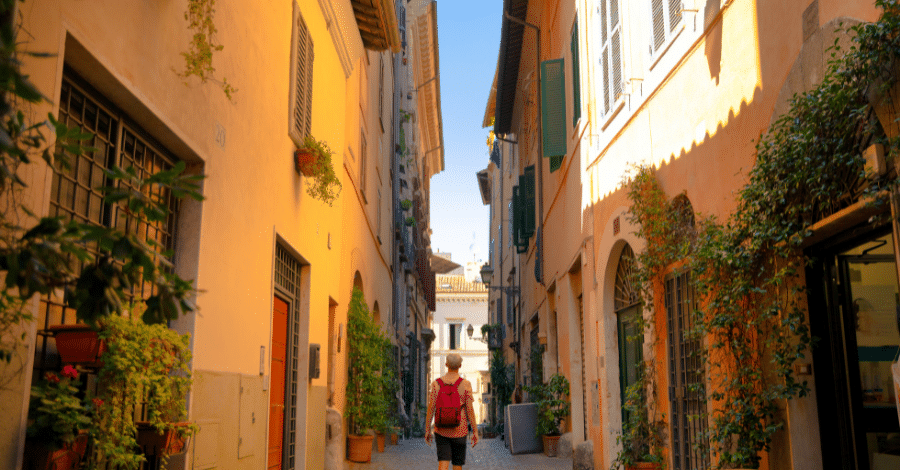If moving to Rome is in your forseable future, congratulations! The Italian capital is one of the most amazing places on planet Earth you could choose to live. This guide will walk you through the most important aspects of life in Rome: what the locals are like, housing costs, transportation options, shopping (of course!), schools for your children, food and entertainment.
Rome, known as Roma in Italian, is the capital city of Italy and the heart of the ancient Roman Empire. Located in the central-western part of the Italian peninsula, Rome offers a unique living experience that blends millennia of history with modern urban life.
The city is an excellent place for history enthusiasts, art lovers, and those seeking a vibrant cultural scene. It’s suitable for families, young professionals, and retirees, though the fast-paced lifestyle might be challenging for some.
Living in Rome, Italy
Known as the “Eternal City,” Rome is situated about 25 kilometers (15.5 miles) inland from the Tyrrhenian Sea, straddling the Tiber River. With a population of about 4.3 million in its metropolitan area, Rome is Italy’s most populous city and the third most populous in the European Union.
Rome is a bustling, cosmopolitan city with ancient ruins, Renaissance palaces, and modern infrastructure. The historic center, a UNESCO World Heritage site, is a maze of narrow streets opening onto grand piazzas, while more modern areas surround this ancient core. The city has a distinctly Italian character but is also quite international due to its status as a major tourist destination and home to many expatriates.
English is widely spoken in tourist areas and among younger Romans, but learning Italian is advisable for daily life and integration into the local community. The city’s international character means that finding fellow expats and English speakers is relatively easy.
Rome has a Mediterranean climate with hot, dry summers and mild, humid winters. Average temperatures range from 8°C (46°F) in January to 30°C (86°F) in August. The city receives about 800 mm (31 inches) of rainfall annually, mainly in autumn and winter. Snow is rare, and Rome enjoys about 2,500 hours of sunshine per year.
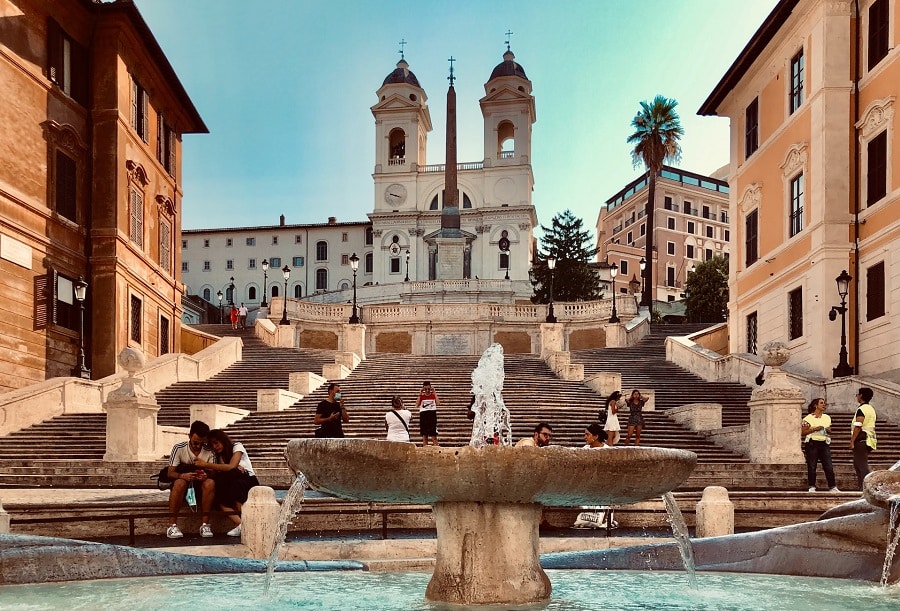
The city boasts numerous parks and green spaces, including the vast Villa Borghese gardens and the Parco degli Acquedotti, featuring ancient Roman aqueducts. While not a coastal city, Rome is within easy reach of beaches, with the nearest being Ostia, about 30 kilometers (19 miles) away.
Rome’s economy is diverse, with strong sectors in tourism, services, technology, and government administration. Major employers include public institutions, international organizations (FAO, WFP), universities, and companies in the fashion and media industries.
Pros of moving to Rome include its rich cultural heritage, world-class cuisine, excellent public transportation system, and central location for exploring Italy and Europe. The city offers a high quality of life with excellent healthcare and education options.
Cons of moving to Rome include high living costs compared to other Italian cities, crowded tourist areas, and sometimes chaotic traffic. The bureaucracy can be challenging, especially for non-EU citizens, and the pace of life might be stressful for those used to quieter environments.
Housing in Rome
Places to rent in Rome range from apartments in historic buildings to modern flats in residential areas. According to recent My Dolce Casa data, the average rent in Rome is around €1,200 per month. In comparison, the national average rent is about €1,000, while in Milan it’s around €1,700 for a similar apartment.
For those looking to buy property, the average price per square meter in Rome is approximately €3,000, which is above the national average. A two-bedroom apartment would cost around €225,000, while a house might be priced at about €600,000. In US dollars, these figures translate to approximately $250,000 for an apartment and $620,000 for a house.
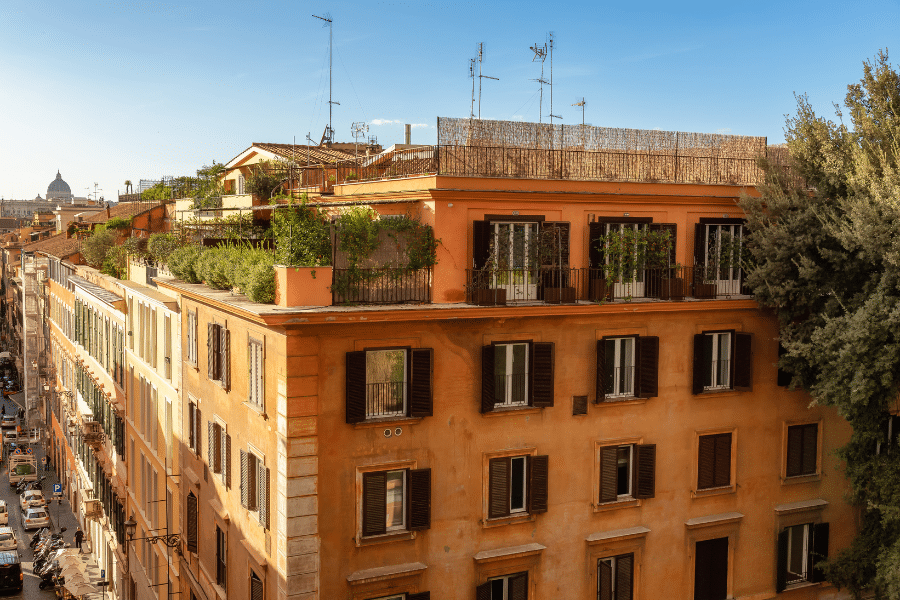
Popular neighborhoods for expats include Trastevere, known for its bohemian atmosphere and nightlife; Prati, an upscale area near the Vatican with good schools; and Monti, a trendy district close to the Colosseum. Testaccio is known for its authentic Roman character and excellent food scene.
Architectural styles in Rome span millennia, from ancient Roman ruins to Renaissance palaces and modern developments. Many buildings in the historic center date back to the 16th and 17th centuries, while areas like EUR showcase 20th-century rationalist architecture.
Shopping in Rome
Rome offers diverse shopping experiences, from high-end boutiques to local markets. The Spanish Steps area, particularly Via dei Condotti, is the hub for luxury brands. For more mainstream shopping, Via del Corso in the historic center offers a mix of international and Italian brands.
La Rinascente, a high-end department store, has a flagship location near the Trevi Fountain. For a more local experience, the Campo de’ Fiori market offers fresh produce, flowers, and local specialties every morning except Sundays.
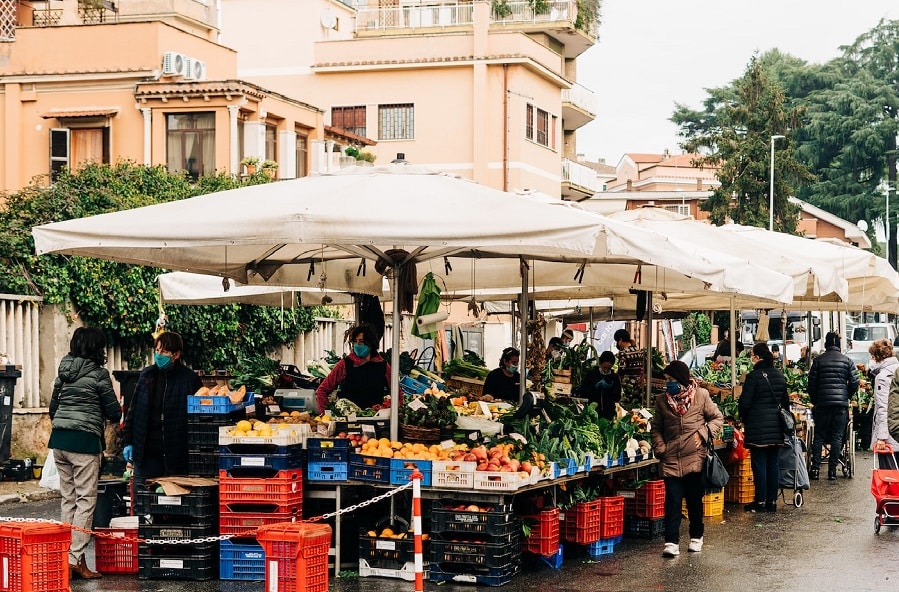
Common grocery store chains in Rome include Conad, Carrefour, and Pam. For a true Roman shopping experience, visit the Mercato Trionfale, one of the largest indoor markets in Europe, offering fresh produce, meats, cheeses, and local specialties.
Transportation in Rome
Rome has an extensive public transportation system, including buses, trams, and a metro. The Roma Mobilità app is useful for route planning and real-time updates. The metro system, while not as extensive as in some other European capitals, connects major areas of the city.
Roma Termini, the main railway station, offers connections to major Italian and European cities. High-speed trains reach Florence in about 1.5 hours and Milan in about 3 hours.
For international travel, Rome is served by two airports. Leonardo da Vinci International Airport (Fiumicino) is the main international hub, located about 30 kilometers (19 miles) southwest of the city center. Ciampino Airport, closer to the city, serves mainly low-cost and charter flights.
Healthcare in Rome
Rome boasts several high-quality hospitals. The Policlinico Gemelli University Hospital is one of the largest and most renowned, known for its advanced medical research and treatments. It’s located in the northwest part of the city, about a 20-minute drive from the center.
For pediatric care, the Bambino Gesù Children’s Hospital, affiliated with the Vatican, is considered one of the best hospitals in Italy and Europe.
Education in Rome
International schools in Rome include St. Stephen’s School, which offers an American curriculum, and Marymount International School, following the International Baccalaureate program. Both are located in the northern part of the city.
Notable public schools include the Liceo Classico Torquato Tasso, one of the oldest and most prestigious high schools in Rome, and the Liceo Scientifico Augusto Righi, known for its strong science program.
Rome is home to several universities, including Sapienza University of Rome, one of the largest in Europe, and the American University of Rome, which offers degree programs in English.
Dining and entertainment in Rome
Rome hosts numerous cultural events throughout the year, including the Rome Film Festival in October and the Estate Romana, a summer-long festival of outdoor performances and events.
The city is a treasure trove of museums and galleries. The Vatican Museums, housing the Sistine Chapel, and the Galleria Borghese, with its impressive collection of Renaissance art, are must-visits. The Capitoline Museums offer a journey through ancient Roman history.
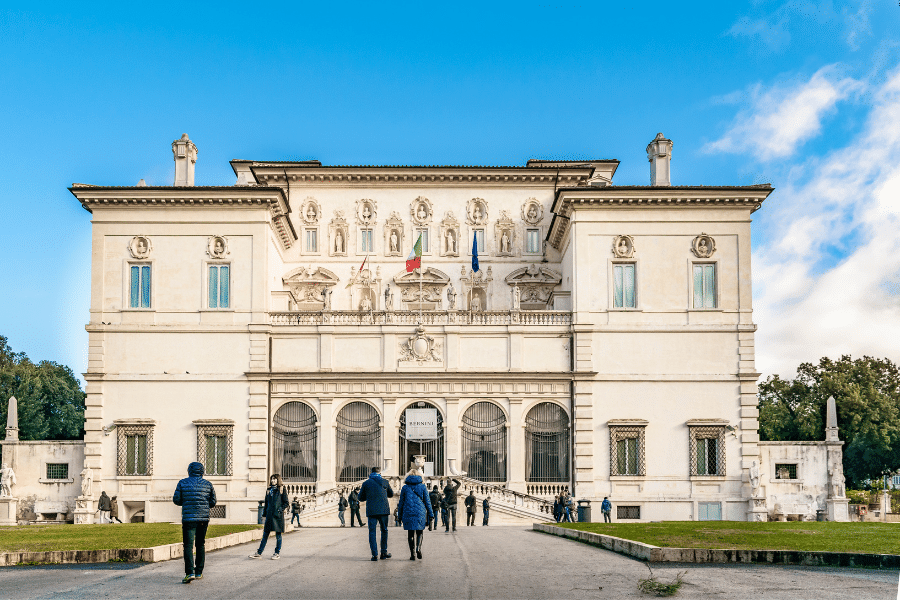
For performing arts, the Teatro dell’Opera di Roma stages world-class operas, while the Auditorium Parco della Musica hosts concerts across various genres.
Families can enjoy the Bioparco di Roma, the city’s zoological garden, and the nearby Explora Children’s Museum. While Rome isn’t a beach city, the shores of Ostia are easily accessible for day trips.
Roman cuisine is celebrated worldwide. Local specialties include pasta alla carbonara, cacio e pepe (pasta with cheese and pepper), and saltimbocca alla romana (veal with prosciutto and sage). The city is also famous for its gelato and espresso culture.
The Lazio region produces excellent wines, including the white Frascati and Est! Est!! Est!!! di Montefiascone, both made from local grape varieties. For red wine, try Cesanese del Piglio, made from the Cesanese grape native to Lazio. The area is also known for its Castelli Romani wines, produced in the hills southeast of Rome, offering both red and white varieties that pair well with local cuisine.
